The content of the article
Some representatives of snakes belonging to the species of the Caspian snake can reach quite large sizes. It is enough to say that the length of individual specimens reaches 2.5 meters and even sometimes more. However, in most cases, the length is within 1.5 meters. In addition, such snakes have a considerable width. The snake has a dark back and a prominent head. The belly is light colored with yellowish tones. This species lives in the wild for up to 10 years.
In Europe, these snakes are the largest in size among other similar representatives. This genus includes another representative, which is called the red-bellied snake. The habitat is South Dagestan.
Classification position
Caspian snakes belong to the class of reptiles, a detachment of snakes. These representatives are part of the family of snakes. In Latin, their name sounds like Hierophis caspius.
Habitats in nature
For its habitat, the snake prefers dry and open terrain. For wintering he chooses territories with the presence of karst funnels, dips, both in the rocks and in the soil. Often he crawls into the burrows formed by rodents, settles on fallen trees.
Reproduction and nutrition
The beginning of the breeding season is April. The process begins in the middle of the month, and ends in the second half of May. Starting in June, females lay eggs. In one clutch there are up to 18 eggs. Their size does not exceed 45 mm. Egg laying is observed from June to July. By the beginning of the first autumn month, offspring appear. Snake cubs are only 235 mm long.
Reproduction occurs after a long wintering. When the mating season comes, these snakes are paired and held together. The mating process itself is very interesting. During his time, the female is held by the male by the neck with his teeth. The ability to reproduce occurs when the snake reaches the age of 4 years.
The diet is not very diverse. They feed mainly on lizards, birds. Sometimes snakes are present in the diet. The snake is not averse to tasting various rodents. From the second half of September, the snake falls into hibernation, which will continue until the very beginning of the first spring month.
Great hunting qualities
The snake is capable of very fast movement. If the distance is short, then it’s very difficult for a person to catch up with him, even if he runs a lot. The snake is able to climb branches well, but will never climb a tall tree. He shows his activity only when it is light. Its peak is observed in the middle of the day. If it is too hot, then the greatest manifestation of activity is observed in the morning and in the evenings.
Hunting consists in actively searching and pursuing prey. In this lesson, the snake is able to cover very significant distances.It should be said that the nature of the diet of the snake leaves its mark on its age and size. If the animal is small, then large insects and small lizards predominate in the diet. A slightly different diet in large individuals. Such representatives already eat chicks of birds and rather large size lizards. Sometimes there are cases when frogs and even toads go into the food of a snake. Often the snake uses other types of snakes for its nutrition. At the same time, he does not care whether the poisonous snake or not. In all likelihood, he is simply not susceptible to snake venom.
Although the snake is impressive, it often becomes the prey of various animals. They are not averse to feasting on a fox and a number of feathered representatives, for example, eagles. Other four-legged animals also hunt him. Everything in nature does not happen by chance. In accordance with the theory of natural selection, this circumstance determines that this species thrives.
At a young age, the coloration of the snake differs significantly from that of adult representatives. It is so diverse that even an experienced specialist can take this snake for a representative of another species. In young individuals, on a gray background, a significant scatter of dark brown spots is observed. Color change occurs gradually as they grow older. When reaching a meter length, spotting is only partially preserved.
Is it dangerous for humans?
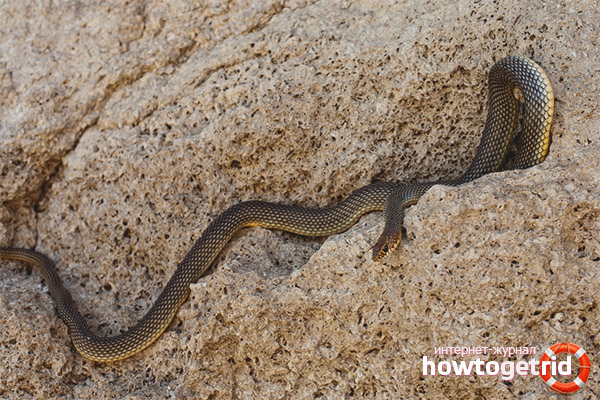
This snake is not without reason one of the most aggressive representatives in comparison with other snakes that can be found in Europe. If a person meets such a snake, it will not even try to hide. On the contrary, she will immediately take a threatening pose. The snake begins to hiss loudly, while trying to scare the unexpectedly appeared enemy. At the same time, she opens her mouth wide. It is characteristic that the snake at the meeting attacks first. Thus, she wants the enemy to retreat. When attacking, it tries to bite the enemy. But his bite is not terrible for a person. It does not pose a greater danger than a conventional scratch. However, the sight in which a two-meter snake attacks is worthy of admiration.
When attacking, a person defends himself from this snake with a stick or stone. A large number of these representatives die under the wheels of vehicles when a car hits him at a time when he creeps out onto the road. In addition, many snakes are dying under the plow at a time when the virgin soil of the steppe expands. All this, of course, leads to a decrease in the population. In some countries (Ukraine, Kazakhstan), this species is listed in the Red Book.
Captivity
The yellow-bellied snake is an uncompromising and aggressive inhabitant of the steppe. He, like a professional boxer, is not afraid to look his opponent directly in the eye. Currently, the population of this species tends to decrease. Due to its large size, it often becomes the prey of many wildlife inhabitants. But, fortunately, in the near future he will not face complete extinction.
Video: Caspian snake (Dolichophis caspius)

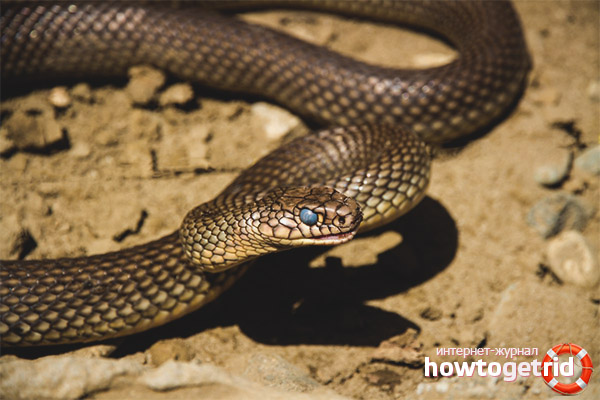
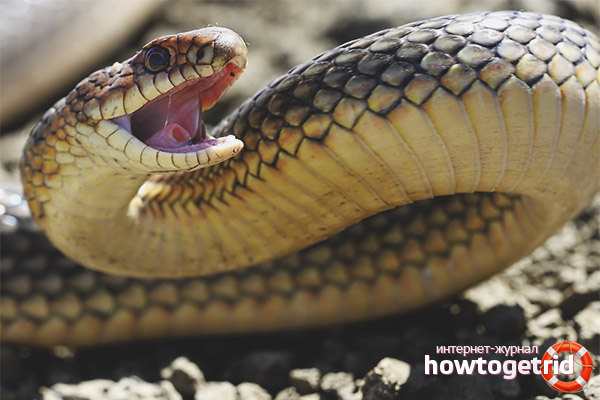

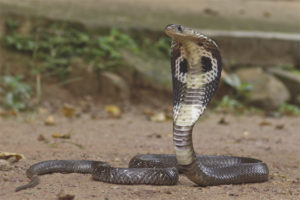
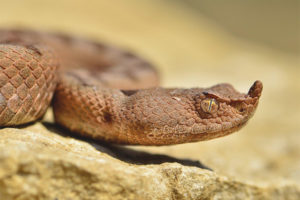
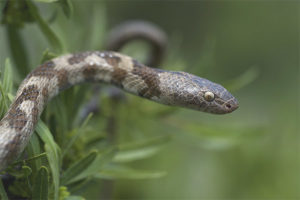
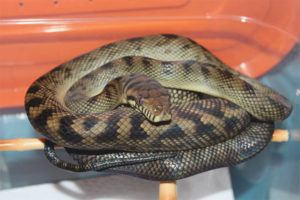
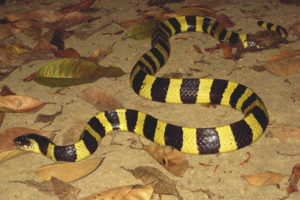

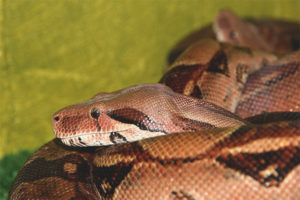
Submit